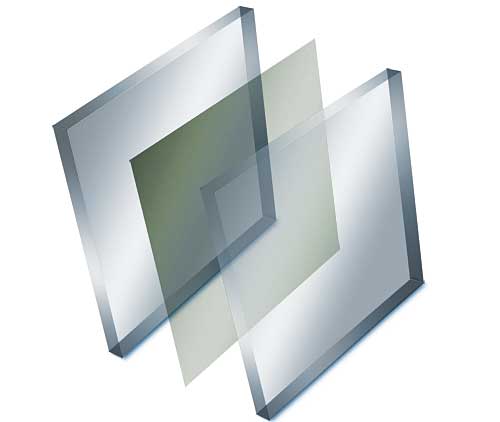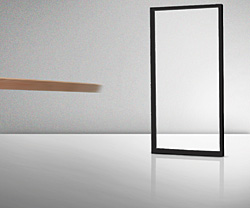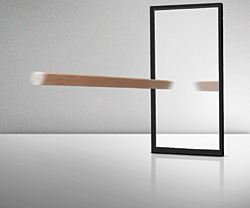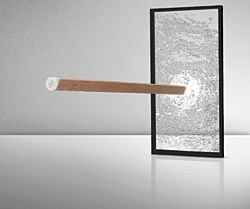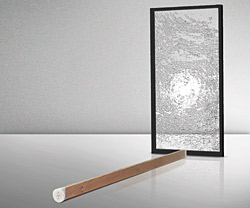New Glass Technologies Improve Performance of Architectural Glass
Commercially available impact-resistant glass typically sandwiches a laminated inner layer made of plastic, usually polyvinyl butyral (PVB) or fiberglass-reinforced plastic, between two sheets of glass. The result is stronger than a car windshield. Though the glass might shatter if hit with a heavy object, it won't break into small bits, which makes wind less likely to penetrate the envelope of a home or building and create interior pressures severe enough to blow the roofs off. True impact-resistant windows can handle the repeated impact of debris hurled at high wind speeds, making penetration from wind or water virtually impossible.
Â
|
Â
The frame is an important part of an impact-resistant window. Whether they're constructed of wood, vinyl or metal, frames for impact-resistant situations are typically heavier than those for conventional windows and can often include stiffeners or reinforcements to help resist the forces of wind-borne debris.
Â
|
||||||
Â
Several different groups have developed test standards to determine a window's impact resistance:
SSTD 12 Test Standard for Determining Impact Resistance from Wind-borne Debris written by the Southern Building Code Congress International, Inc.
ASTM E1996 Standard Specification for Performance of Exterior Windows, Glazed Curtain Walls, Doors and Storm Shutters Impacted by Wind-borne Debris in Hurricanes (written by the American Society of Testing and Materials)
PA 201 Impact Test Procedures (written by Miami-Dade County Building Code Compliance Office)
These standards involve similar tests which consist of two parts: impact testing and cyclic wind loading.
The impact test consists of the shooting of objects at a series of specimens, typically "missiles," or wood 2x4s of various lengths, at various speeds. If the window will be installed more than 30 feet above the ground, small objects will be fired at the test specimen simulating the kind of debris likely to be carried by the wind to those heights. For windows installed below the 30-foot level, 2x4s are shot at the test specimen simulating larger objects carried by the wind at ground level but too heavy to be picked up by the wind.
After the initial "missile" tests, the window specimens are put through cyclic wind-pressure loading that simulates hurricane conditions with winds of up to 200 miles per hour. The test specimens are subject to repeated impacts to about four hours or more of positive and negative pressure cycles to determine the window's ability to resist fatigue and the fastener system's capacity to keep it attached.





